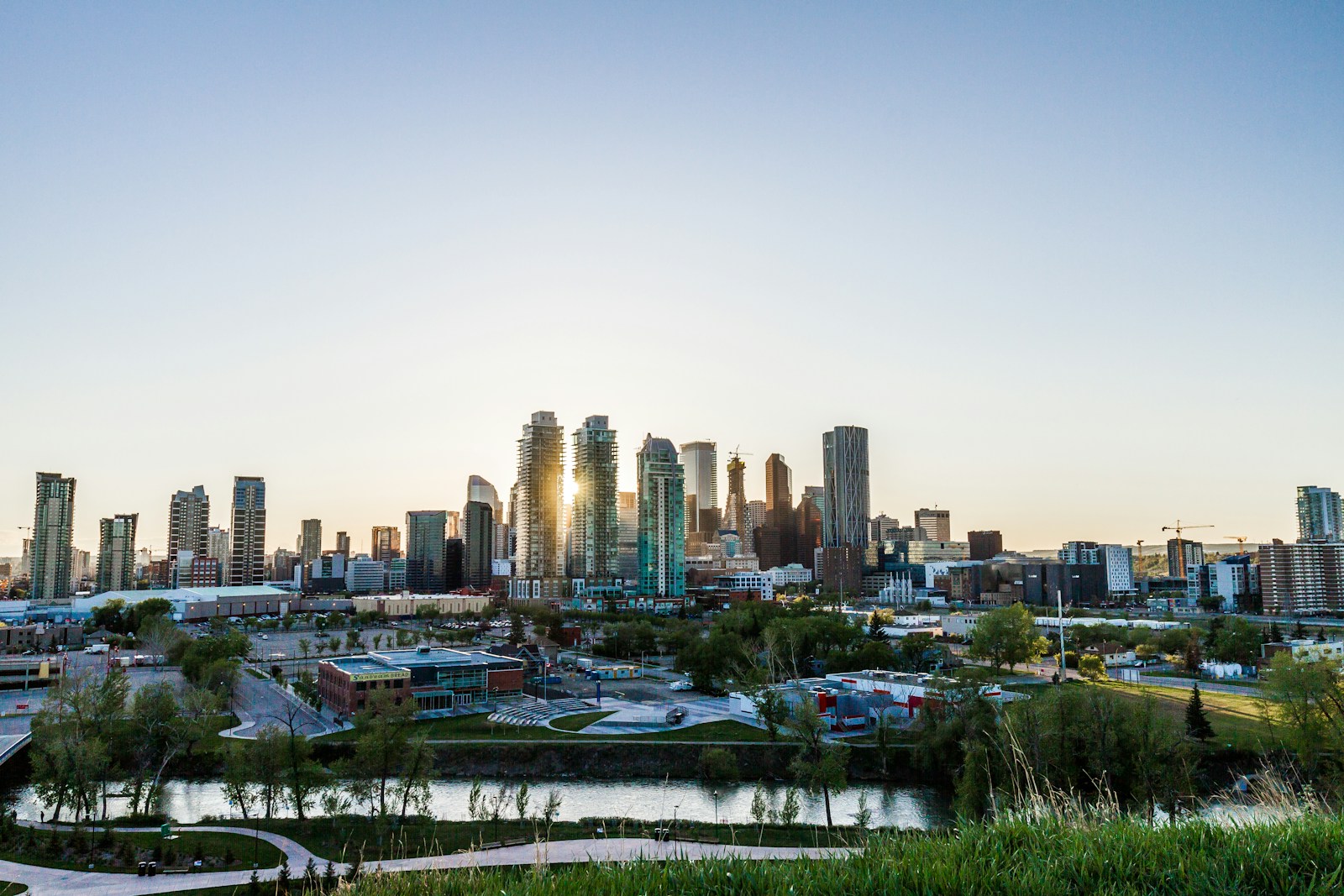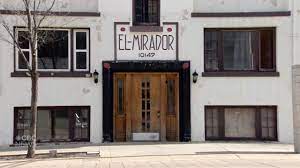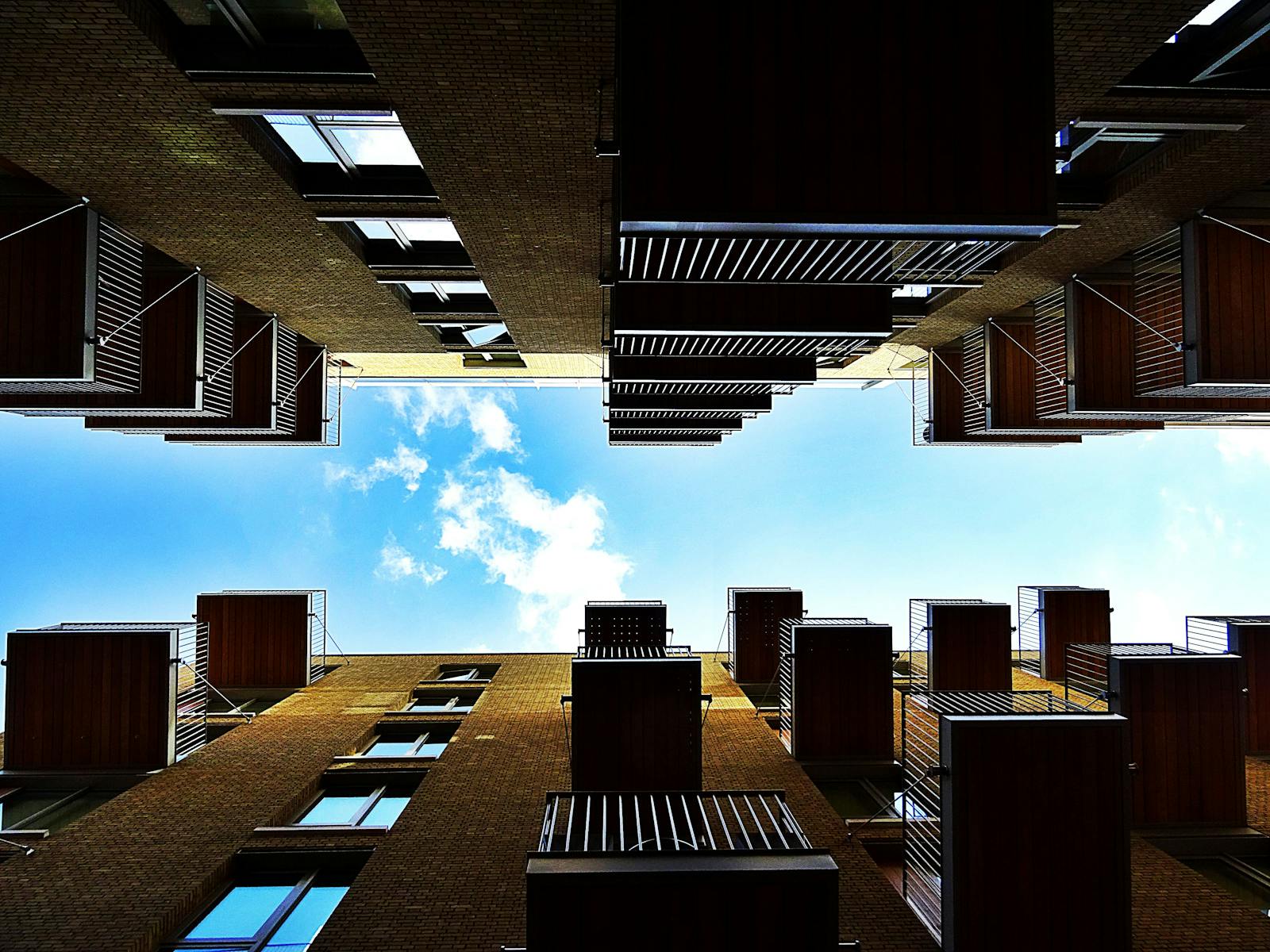The City of Edmonton has launched a new $39M Infill Infrastructure Fund, which is set to significantly impact housing developments in our city. This initiative is part of the larger $175 million the City is receiving from the federal Housing Accelerator Fund and aims to tackle one of the most pressing challenges in urban development—supporting the necessary infrastructure for new housing in existing neighbourhoods.
With the city's population projected to increase by over 10% by 2026, it's clear that Edmonton needs more housing options to accommodate this growth. However, one of the biggest concerns with building new homes in established areas has been the costs associated with upgrading public infrastructure, such as water, storm, and sanitary systems, and mobility infrastructure like sidewalks and streetlights. Fortunately, this fund helps address that by covering up to 100% of eligible off-site infrastructure costs for multi-unit housing projects in designated urban center nodes and main street corridors.
Why This Matters for Real Estate Investors and Developers
For developers and real estate investors, this new fund presents a fantastic opportunity to create more housing while reducing upfront costs. If you're working on a housing project with 10 or more units, located near transit corridors, you could be eligible for this funding. Whether you're developing market-rate or non-market housing, you can apply for financial support to cover critical infrastructure needs that make your project viable.
The fund will be distributed on a first-come, first-served basis until July 2026, so acting quickly is essential. The funding ranges from a minimum of $100,000 to a maximum of $4 million per project, providing substantial support for large-scale housing initiatives. This could mean the difference between breaking ground on a project or waiting on financing for many developers.
How This Will Benefit Edmontonians
For homebuyers and renters, this initiative could help improve the affordability and availability of housing across Edmonton. As developers now have access to this financial support, more projects can move forward, and this will increase the variety of housing options across the city. This is especially important in the context of rising housing costs and a growing population.
In addition, the City of Edmonton is committed to creating sustainable, urban, and climate-resilient neighbourhoods. By ensuring that new housing developments are supported by adequate public infrastructure, the City is laying the foundation for vibrant, connected communities where Edmontonians can easily access transit and meet their daily needs close to home.
A Win-Win for Developers and the City
Breaking down these infrastructure barriers is a major step forward for Edmonton. The cost of upgrading infrastructure has historically been a deterrent for developers, especially when the first project in a neighbourhood has to front these costs, even though future developments also benefit. This fund helps alleviate that financial burden and makes Edmonton an attractive option for housing investment.
As Mayor Amarjeet Sohi pointed out, increasing the supply of housing is essential for maintaining Edmonton’s affordability and competitiveness. This fund supports those goals by making it easier for developers to build in areas where infrastructure upgrades are needed most.
If you're a developer or investor looking to take advantage of this opportunity, now is the time to act. The City of Edmonton has published a full program guide and is currently accepting applications for the fund. With the city's population continuing to grow, this is a fantastic time to contribute to Edmonton's future while benefiting from government support.
At Iconic YEG, we're always staying on top of new developments like this that impact Edmonton’s real estate market. If you're considering investing in or developing a housing project in Edmonton, feel free to reach out. We’re here to help you navigate the market and make informed decisions that will benefit you and our growing city.
Let’s build a better, more connected Edmonton together!



